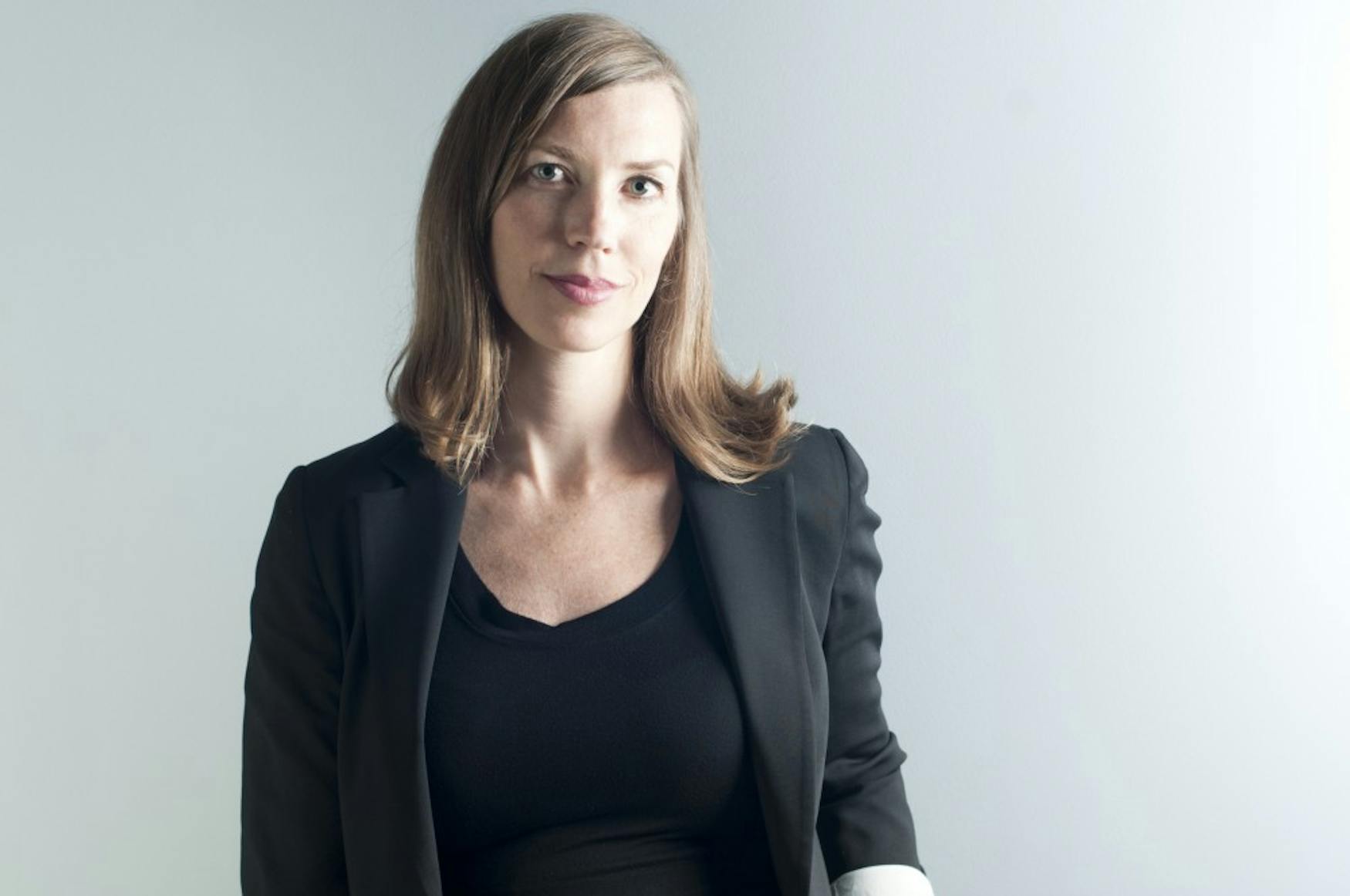Rose Art Museum appoints MoMA's Kim Conaty as the new Curator
Kim Conaty has been appointed Curator for the Rose Art Museum. The announcement came last Tuesday in a press release, which stated that Conaty will begin her role in December. The position of curator is new at the Rose. Exhibitions are currently overseen by a variety of players, including Curator-at-Large Katy Siegel, who works remotely from New York, where she teaches at Hunter College, CUNY. Conaty will be on the museum premises on a daily basis.
Conaty mentioned education initiatives and a collection evaluation among the projects that she will be undertaking. She is coming to the University from the Museum of Modern Art in New York, where she served as a curator for drawings and prints. Before working at MoMA, Conaty served as coordinator for the 2008 Whitney Museum Biennial.
In the press release, Henry and Lois Foster Director of the Museum Chris Bedford said, “Working together as a team, we [Bedford and Conaty] will create innovative exhibitions and programs that support and expand the museum’s roles as an educational resource for the University, a center for community engagement, and a cultural hub for the city of Boston.”
One of Conaty’s major roles will be to oversee a collection evaluation, in which she will take measures to ensure that the Rose’s collections are comprehensive in their scope.
She says that this task is especially important as the museum plans on expanding in upcoming years.
In an interview with the Justice, Conaty explained the types of questions she will be asking: “If there’s an excellent collection of abstract painting from the ’60s, who are we missing? Did we miss something along the way?”
In light of the collection evaluation, Conaty hopes to publish a new collection publication, the last of which was published in 2009.
She says she understands that there are inevitable barriers to acquiring pieces, but as she assesses the collection, she hopes to put together a wish-list — something she did while at MoMA — and then assess the marketplace from there, prioritizing if necessary. “It’s a matter of thinking about if you can’t have this, then what else would be a way to tell that same story,” she said.
Conaty, who has a background in teaching classes at MoMA, says she would also like to find more ways for the museum to work with the University and engage with students.
“I’ve always really enjoyed teaching. I’ve always really enjoyed engaging with students. So I think sort of that programming or finding other ways to make those connections to the University — I want to make that a big part of what I do as well.”
Coming from MoMA, where her department consisted of 40 staff and where she was working with 80,000 works, Conaty says that she is excited to work with a smaller team and collection at the Rose. “At MoMA, I always felt that I worked best in smaller project teams,” she said.
Although she worked mostly with drawings and prints at MoMA, Conaty believes she is fully prepared to take on the Rose’s large and ever-expanding collection of different types of media. The Whitney Biennial in 2008 featured a large variety of media, and Conaty says her work at MoMA included exhibitions of various media as well. “It won’t come as a surprise,” she said.
In terms of challenges, Conaty expressed a concern that she will not be situated within the New York art scene — one of the largest and most prominent in the world. She commented on the convenience of living among New York galleries and art openings but sees promise in the Waltham art scene — she just has to get acquainted with it: “Waltham actually has a really great art community, but it’s not a community that I know yet. … I often find that some of the more innovative shows in contemporary art are happening outside of New York or outside of these various centers … because there’s a little more freedom.”
But Conaty says that will mean taking time to travel to New York to stay on top of the art scene: “I think it’s really important to stay involved, also, in the much broader international art community. So that really necessitates hopefully travel from time to time.”
In the meantime, she is excited to begin her work at the Rose: “It’s such a strong collection to be starting with that to be able to actually think about it in a critical way will be really great.”



Please note All comments are eligible for publication in The Justice.